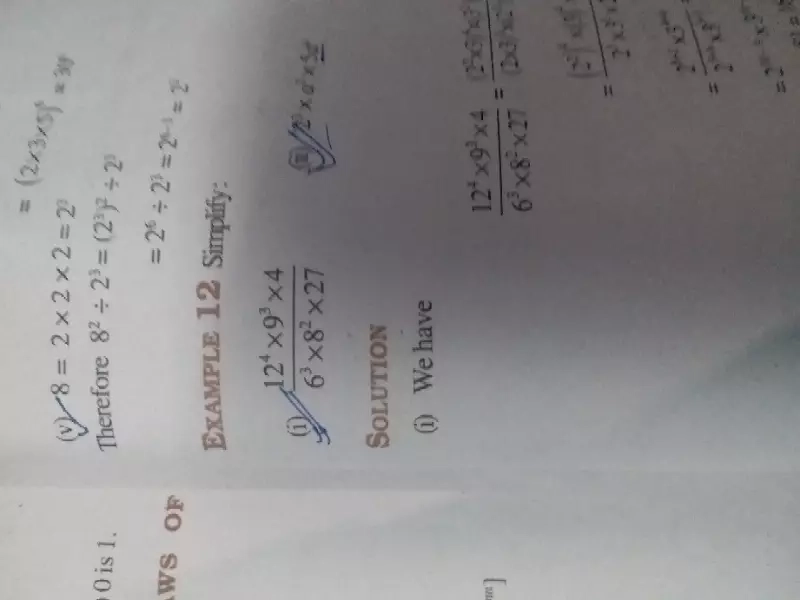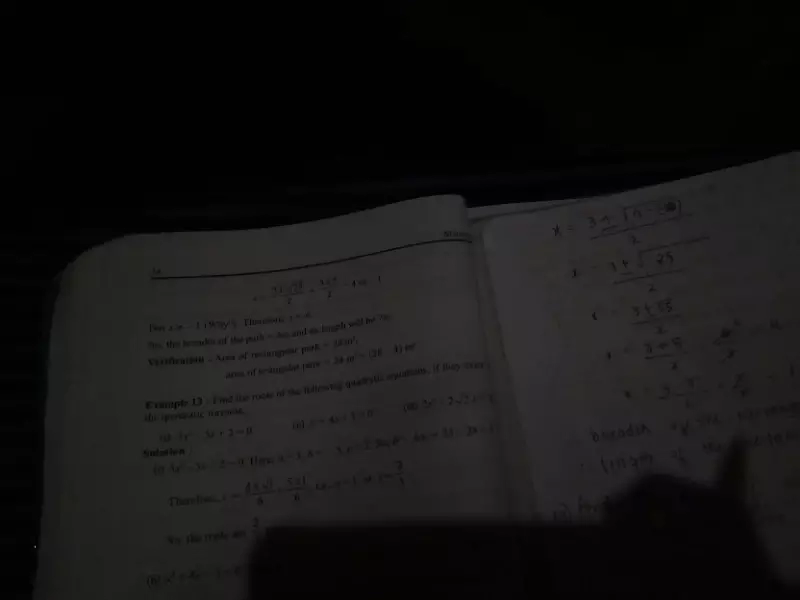Let f:N→N be defined as f(n)=n+12 if n is odd and f(n)=n2 if n is even for all n∈N State whether the function f is bijective. Justify your answer
Question
Let p(x) be a polynomial with real coefficients. Let a and b (with a < b), be two consecutive zeroes of p(x). If a < c < b then find the value of p 0 (c) + 10p(c).
Maths
 Nov. 20, 2019, 6:35 a.m.
Answer
Nov. 20, 2019, 6:35 a.m.
Answer
If two zeroes of the polynomial f(x) = 138x-26x2 x4-6x3-35 are (2 root3) and (2-root3) find the other zeroes
Cos theta+sin theta=2cos theta show that cos theta-sin theta=2sin theta
Using integration find the area of triangle ABC, coordinates of whose vertices are (3,0) (4,5) and (5,1)
Using integration find the area of triangle ABC, coordinates of whose vertices are (3,0) (4,5) and (5,1)

